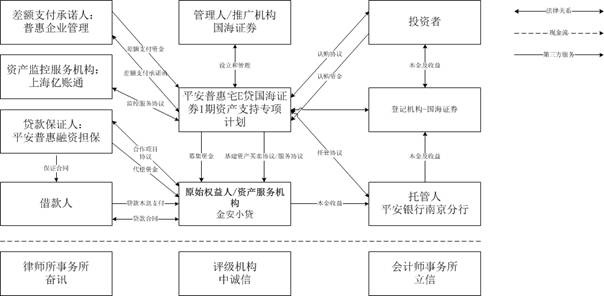### Understanding Home Equity Lines of Credit: What is a HELOC Loan and How Does It Work?
Guide or Summary:What is a HELOC Loan?How Does a HELOC Work?Benefits of a HELOCConsiderations Before Getting a HELOCA Home Equity Line of Credit (HELOC) is……
Guide or Summary:
A Home Equity Line of Credit (HELOC) is a popular financial tool that allows homeowners to borrow against the equity in their homes. But what is a HELOC loan and how does it work? In this article, we will explore the intricacies of HELOCs, their benefits, and how they can be a valuable resource for homeowners looking to finance various projects or consolidate debt.
What is a HELOC Loan?
A HELOC loan is a type of revolving credit that is secured by the equity in your home. The equity is the difference between the current market value of your home and the outstanding mortgage balance. Essentially, a HELOC allows you to borrow money against this equity, providing you with access to funds that you can use for various purposes, such as home improvements, education expenses, or debt consolidation.
How Does a HELOC Work?
Understanding how a HELOC works is crucial for homeowners considering this financial option. A HELOC typically consists of two phases: the draw period and the repayment period.
1. **Draw Period**: During the draw period, which usually lasts 5 to 10 years, you can borrow money from your HELOC as needed, up to the credit limit set by the lender. You can withdraw funds using checks, a credit card, or online transfers. Interest is only charged on the amount you withdraw, making it a flexible option for managing expenses. Monthly payments during this phase often cover just the interest, which can be relatively low.

2. **Repayment Period**: After the draw period ends, the HELOC enters the repayment phase, which typically lasts 10 to 20 years. During this time, you can no longer withdraw funds, and you must start paying back both the principal and interest on the outstanding balance. This phase can lead to significantly higher monthly payments, so it’s important to plan accordingly.
Benefits of a HELOC
There are several advantages to using a HELOC:
- **Flexibility**: A HELOC provides flexibility in borrowing, allowing you to take out funds as needed rather than receiving a lump sum.
- **Lower Interest Rates**: Since a HELOC is secured by your home, it often comes with lower interest rates compared to unsecured loans or credit cards.

- **Potential Tax Benefits**: In some cases, the interest paid on a HELOC may be tax-deductible if the funds are used for home improvements, but it’s essential to consult a tax professional for specifics.
Considerations Before Getting a HELOC
While a HELOC can be a beneficial financial tool, there are also risks involved. Here are some considerations:
- **Variable Interest Rates**: Most HELOCs come with variable interest rates, which means your payments can increase if rates rise.
- **Risk of Foreclosure**: Since your home secures the loan, failing to make payments could lead to foreclosure.

- **Debt Management**: It’s crucial to have a plan for repayment to avoid accumulating too much debt.
In conclusion, understanding "what is a HELOC loan and how does it work" is essential for homeowners considering this option. A HELOC can provide much-needed flexibility and financial support, but it’s vital to weigh the benefits against the potential risks. By doing thorough research and planning, homeowners can make informed decisions that align with their financial goals.